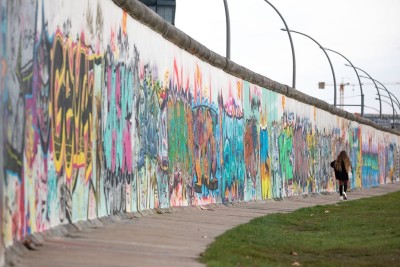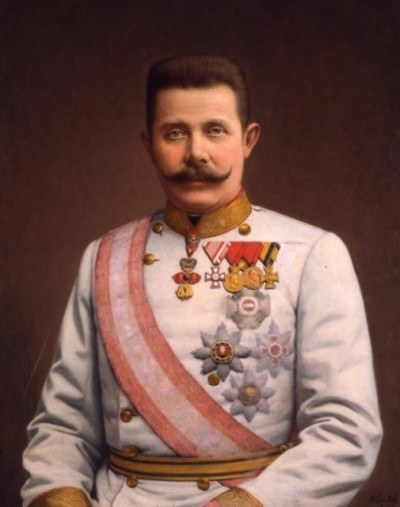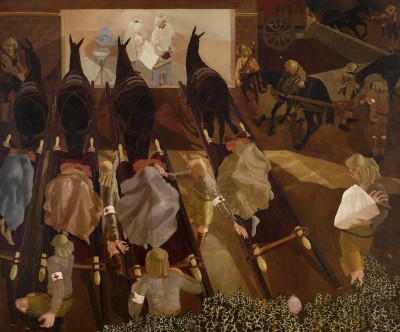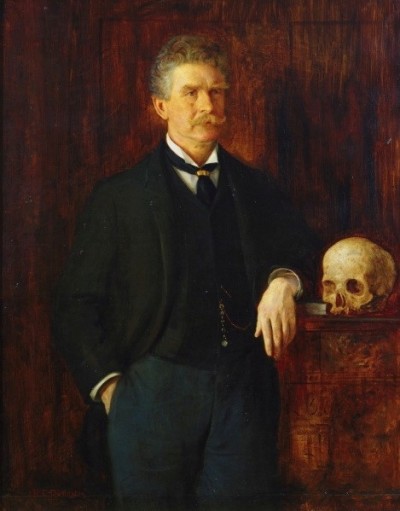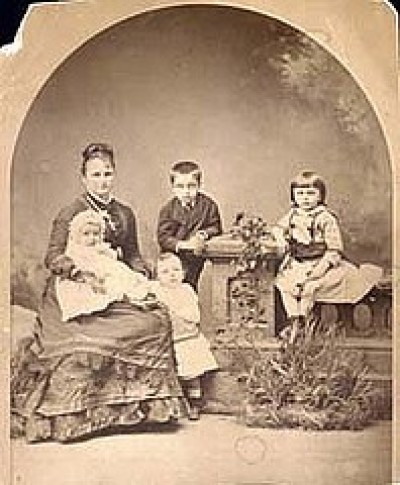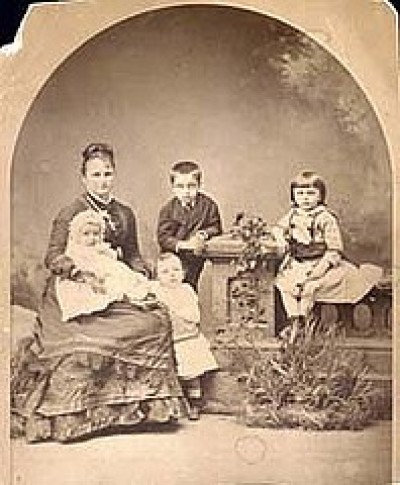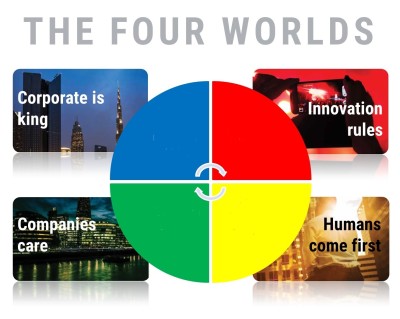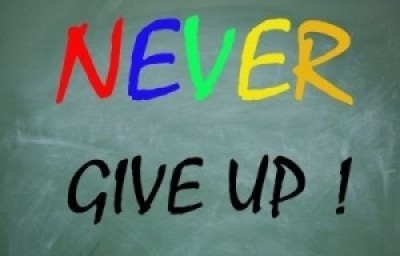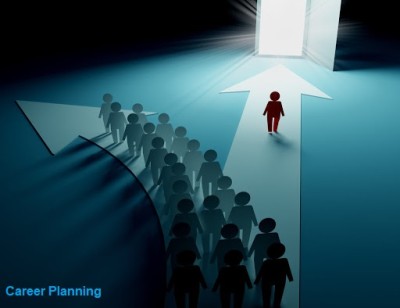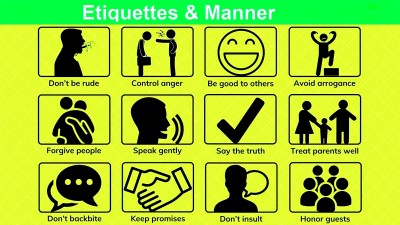Course description
The Fall of the Berlin Wall
 It was November 9th, 1989, in Berlin, Germany. It was cold and dark and Harald Jaeger was at work, walking to the canteen to get a sandwich. He lived in a city divided into two by a 150 km wall of concrete and barbed wire. Harald helped build this wall in 1961 and had worked there ever since. He was there that night.
It was November 9th, 1989, in Berlin, Germany. It was cold and dark and Harald Jaeger was at work, walking to the canteen to get a sandwich. He lived in a city divided into two by a 150 km wall of concrete and barbed wire. Harald helped build this wall in 1961 and had worked there ever since. He was there that night.
After losing the Second World War, Germany was divided into four zones, controlled by the United States, the United Kingdom, France and the Soviet Union. The capital city, Berlin, was also divided into four areas. Over time, the US, UK and French zones became one. The Soviet Union, however, believed in a very different political and economic system. With no trust between the Soviet Union and the three Western countries, the east of Germany became a separate state. Berlin was inside this new communist country but was still divided. As a result, any young, educated people could leave the communist east for the capitalist west by walking into West Berlin. To stop this, East Germany began to build a wall around West Berlin. Anyone trying to cross the wall could be shot. From 1961 to 1989 around 140 people died trying.
 Harald, however, still believed in the wall and in East Germany. Forty-six years old, he was in the Stasi, the East German secret police. East Germany was a police state and the repressive Stasi was feared by many. Jaeger, however, specialised in passport control. He was now in charge of the Bornholmer Street border crossing in the Berlin Wall, where you could move between East and West Berlin.
Harald, however, still believed in the wall and in East Germany. Forty-six years old, he was in the Stasi, the East German secret police. East Germany was a police state and the repressive Stasi was feared by many. Jaeger, however, specialised in passport control. He was now in charge of the Bornholmer Street border crossing in the Berlin Wall, where you could move between East and West Berlin.
The communist system that Harald believed in was in trouble. One month before, Soviet leader Mikhail Gorbachev had been in Berlin to celebrate East Germany's fortieth anniversary. Gorbachev was trying to reform the Soviet Union and he didn't like what he saw in East Germany. He saw a weak government hated by many of its own people. He listened to East Germany's leader, Erich Honecker, and thought he was a doddery old man, living in the past.
Gorbachev's dissatisfaction was clear and that was the green light to get rid of Honecker. On 17th October, Honecker's colleagues kicked him out and he was replaced by Egon Krenz. Soon after, Harald and the other border guards were told that there was a change in policy: do not shoot anyone trying to cross the wall. Krenz had got a very clear message from Gorbachev: use new ideas and not force to control the people.
 Krenz started a daily press conference on TV to announce any new ideas. The most urgent thing was to allow East Germans some freedom to travel. This would make people happier and stop any protests. Reluctantly, the government agreed that people could travel, but only after getting an exit visa from an office. The law was quickly rushed through. They would tell people about the new law on 10th November.
Krenz started a daily press conference on TV to announce any new ideas. The most urgent thing was to allow East Germans some freedom to travel. This would make people happier and stop any protests. Reluctantly, the government agreed that people could travel, but only after getting an exit visa from an office. The law was quickly rushed through. They would tell people about the new law on 10th November.
At the same time that Harold Jaeger was walking to get his sandwich, Krenz saw his colleague Gunter Schabowski.
“Do you have anything for me to announce?” Schabowski asked.
Krenz quickly handed him the new law. People will be really pleased to hear any news about freedom to travel, he thought. Schabowski took the paper. He glanced quickly at it and raced ahead to announce the end of the Berlin Wall.
If you want to watch some videos on this topic, you can click on the links to YouTube videos below.
If you want to answer questions on this article to test how much you understand, you can click on the green box: Finished Reading?
Videos :
1. German Reunification (12:00)
2. Harald Jaeger (2:00)
3. Stasi (5:00)
4. Mikhail Gorbachev (15:00)
5. Erich Honecker (18:00)
6. The Rise and fall of the Berlin Wall (6:25)
7. Nov. 10, 1989: Celebration at the Berlin Wall (4:00)




